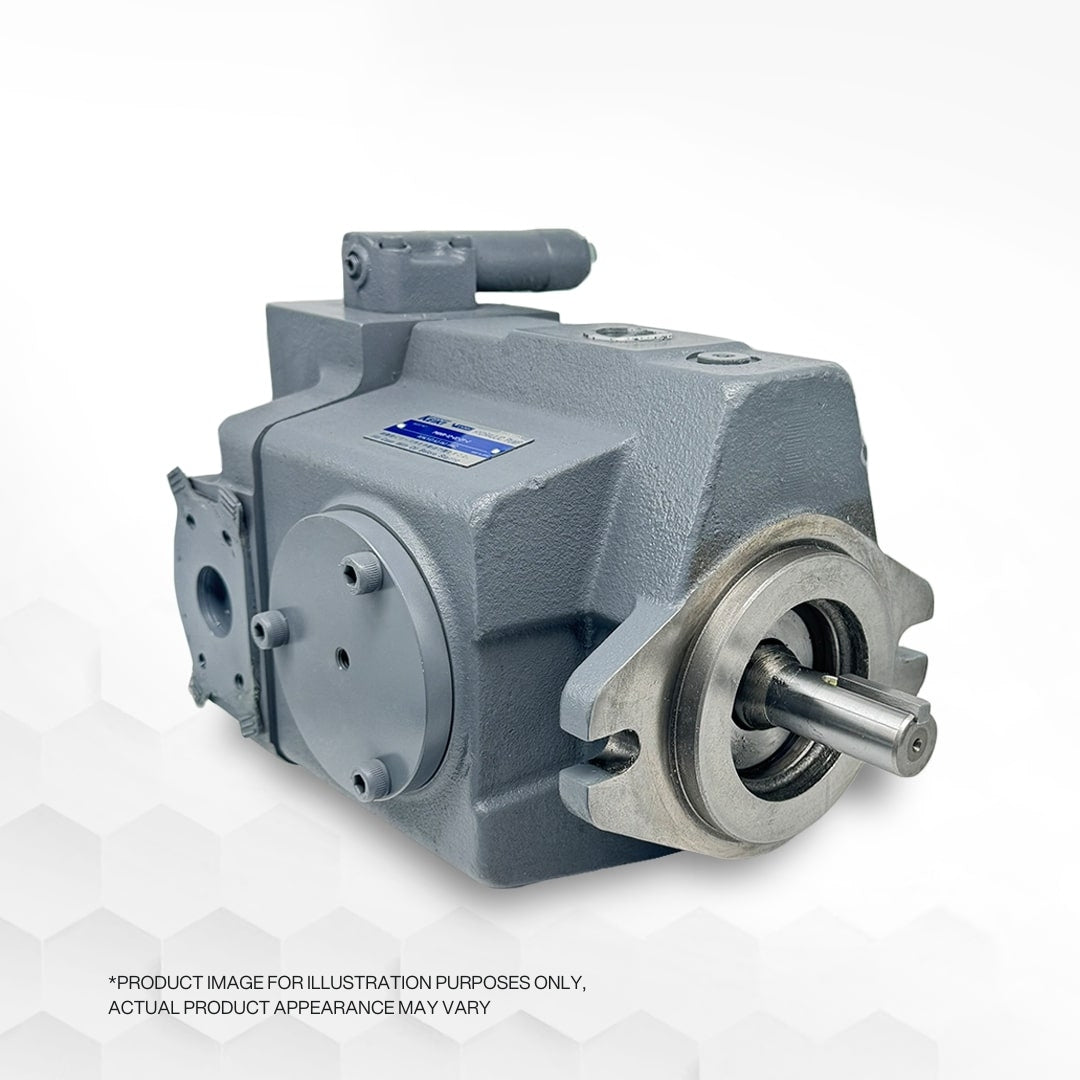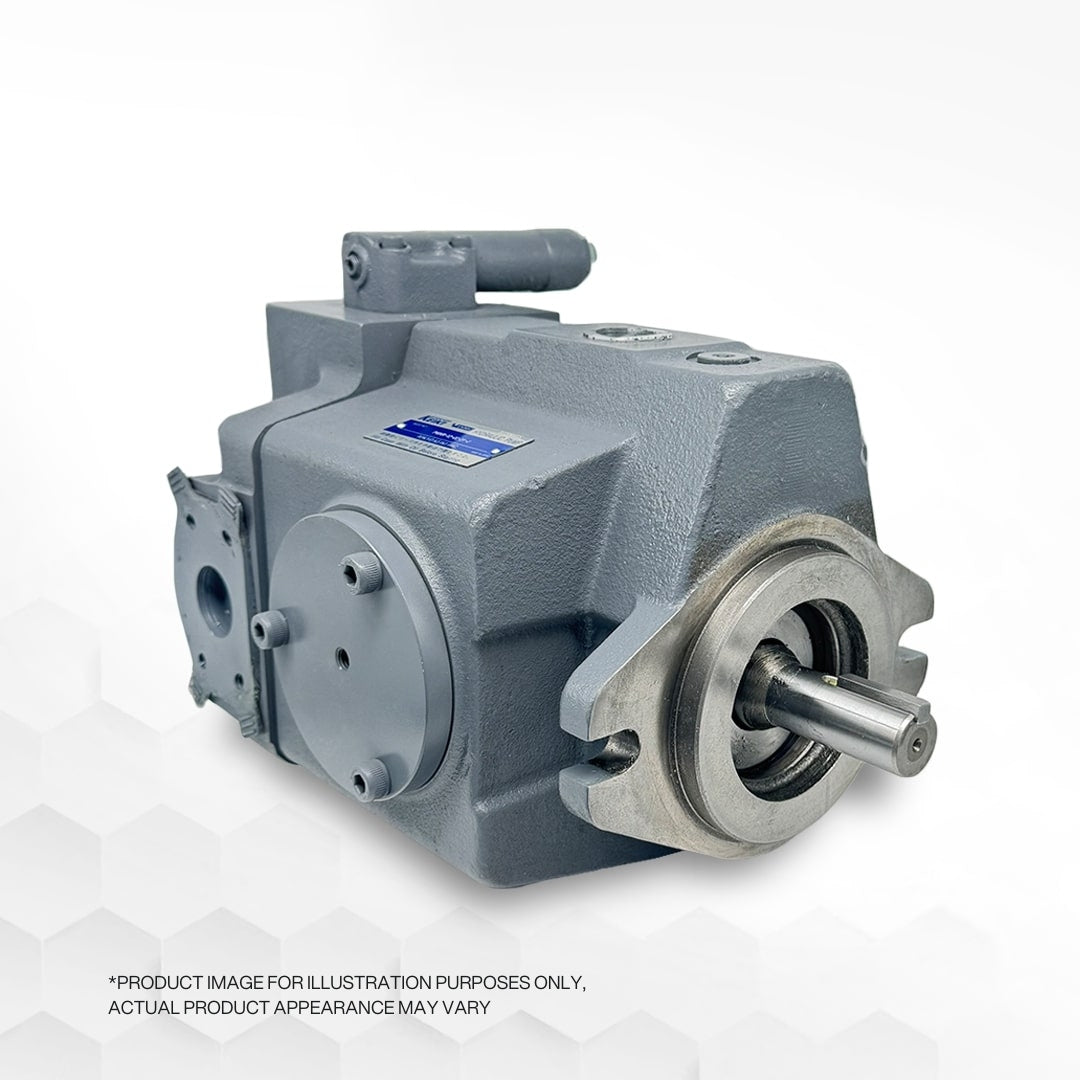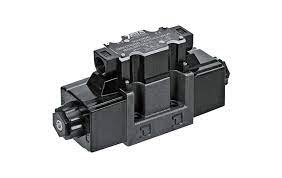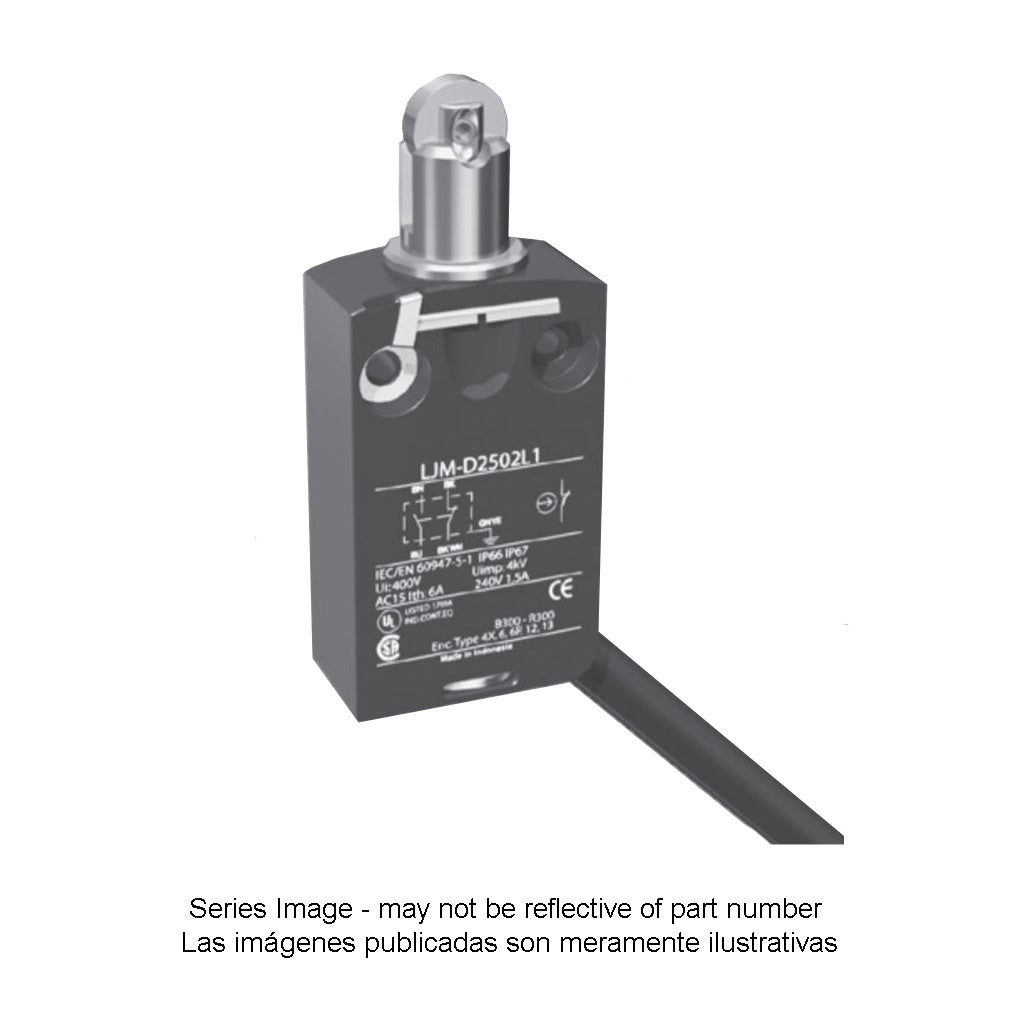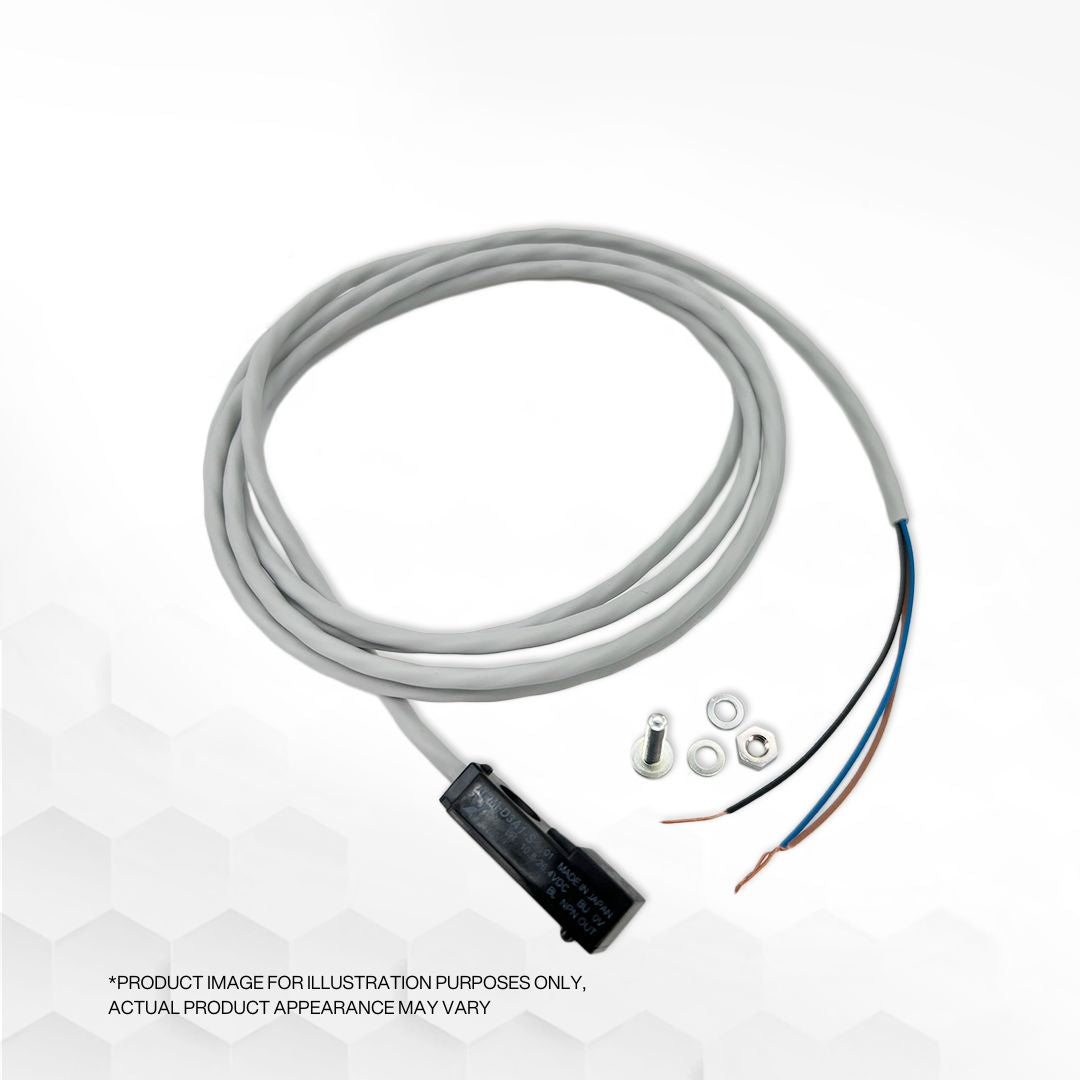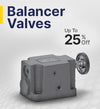
What are The Basic Flow Ripple Principles?
In practice, the flow output from a pump exhibits variations over time due to pressure fluctuations and noise in the system, known as Fluid Borne or Borne Noise, caused by vibrations. This article specifically focuses on kinematic flow ripple, which arises purely from the geometry of the pump itself, without discussing flow ripple caused by fluid compressibility.
The pump typically comprises seven teeth on the gears, a relatively low number compared to most gear pumps. The flow ripple is affected by the number of gear teeth and the pressure angle of these teeth. Higher gear tooth count and higher pressure angle lead to reduced flow ripple. The flow rate coming out of the gear, referred to as the gear flow pump, is non-dimensional, and it results from the continuous movement of fluid volume around the outside of the gear teeth as they mesh and rotate.
Flow ripple is created when there is a change in the volume on the outlet side of the gear due to the meshing process. It is generally around 25% to 35% of the mean flow rate in the case of a seven-piston pump, where flow ripple is more significant. To illustrate, the flow ripple resembles a half-sine wave or two humps in the case of a two-piston pump, where flow alternates from zero to maximum and back continuously.
By increasing the number of pistons, flow ripple can be minimized. For instance, adding more pistons in odd numbers (e.g., 3, 5, 7, etc.) decreases flow ripple significantly, whereas even numbers of pistons (e.g., 4) can lead to more flow ripples with larger magnitudes.
The flow ripple can have implications for noise and vibration in hydraulic systems. It is essential to address pressure ripple generated by accelerating the flow from the pump to manage future challenges effectively.
In conclusion, the flow ripple phenomenon is an integral aspect of pump operation, and understanding its characteristics and mitigating its impact is crucial in maintaining optimal hydraulic system performance and reducing potential noise and vibration issues. Proper design and selection of pump components can help minimize flow ripple and ensure efficient pump operation in various applications.
